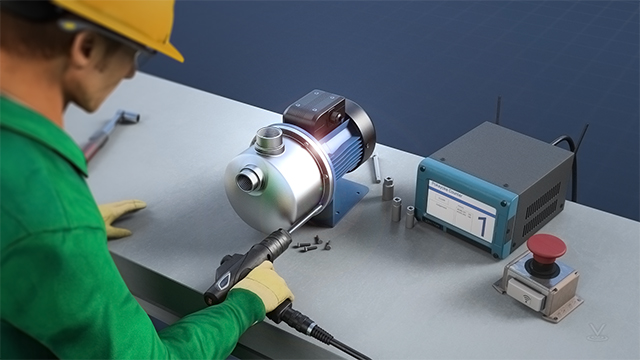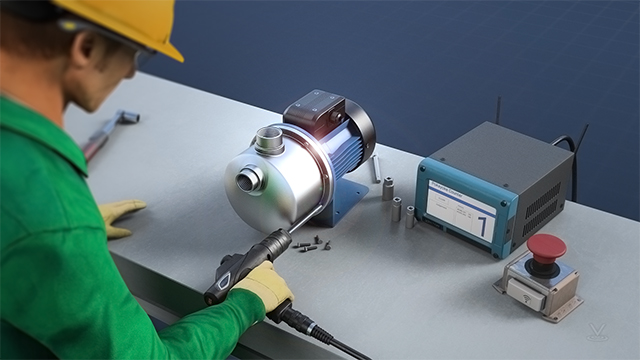




Lean Manufacturing: Poka-Yoke
This training course defines the manufacturing tool Poka-Yoke and provides approaches to the use of mistake-proofing devices as continual improvement initiatives to create a positive impact on the quality of your products so that you can meet specifications and make an impact on waste reduction.
Request a demoCourse Details
Learning Objectives
- Define Poka-Yoke and identify its main purpose
- List the three types of Poka-Yoke
- Recall common Poka-Yoke techniques
- Describe how to implement Poka-Yoke
- Explain the benefits of implementing Poka-Yoke
Specs
| Course Level | Intermediate |
| Languages | English |
| Compatibility | Audio, Video |
| Based on: | Industry Standards and Best Practices |
Key Questions
How do you define Poka-Yoke?
Poka-Yoke can be defined as the implementation of foolproof mechanisms to avoid inadvertent errors or mistakes. These mechanisms are implemented to eliminate assembly product defects not only by preventing them, but also by forcing correction of an error the moment it occurs.
What is a contact Poka-Yoke method?
Contact Poka-Yoke methods are used to control physical attributes, such as shape, size, orientation, or color. It can also be used to verify that an object is actually present.
What is a fixed-value Poka-Yoke method?
Fixed-value (or constant number methods) are mainly used in processes where there is repetition. Repetition can lead to operators acting in an automated mode, without noticing defects.
What is a step Poka-Yoke method?
Step methods are mainly used for processes that have a defined sequence of steps to be performed by the operator in order to complete the task. They function by either alerting the operator when a mistake is about to be made, or by preventing the mistake from being made. This type of Poka-Yoke ensures that the correct procedure is followed.
What is important to consider when implementing Poka-Yoke?
When considering implementing Poka-Yoke, it is important to have a clear understanding of the defects to be prevented, pinpoint the step of the process in which the defect is being generated, isolate the root cause of the defect so appropriate prevention and detection mechanisms can be considered, and implement the selected mechanism and monitor performance to ensure that the potential of a defect recurring has been effectively prevented.
Sample Video Transcript
Poka-Yoke comes from the Japanese terms “poka,” meaning “inadvertent errors” and the term “yokeru,” meaning “to avoid”. Therefore, the two terms together can be defined as the implementation of foolproof mechanisms to avoid inadvertent errors or mistakes. Poka-Yoke mechanisms are implemented to eliminate assembly product defects not only by preventing them, but also by forcing correction of an error at the moment it occurs. Poka-Yoke is usually considered to be a quality assurance technique. Its main purpose is to eliminate the potential for defects in a product by preventing and correcting mistakes as early as possible. The key is to prevent a defect from occurring. In cases where the potential for a defect may still exist, the method or device should be able to detect the defect every time it occurs, so it can be fixed on the spot. When using Poka-Yoke, it is safe to say that quality is built at the station, therefore there is no need to have extra steps to verify conformance to standards or requirements. When Poka-Yoke is implemented, opportunities for operators to make mistakes are reduced, which improves the process and product quality.
Course Applies To
Demos + Pricing
Learn more about our courses, get pricing, and see our platform.











